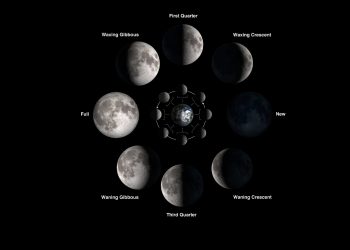A celestial spectacle is still unfolding as a comet, having raced toward the sun, has now survived its fiery encounter.
The comet, known as Tsuchinshan-ATLAS (C/2023 A3), made its closest approach to the sun, or perihelion, on September 27, 2024. Having survived this fiery encounter, the comet is already visible in the northern hemisphere, and astronomers are anticipating even more spectacular views in the coming days.
For millions of years, the comet has been hurtling through the cold emptiness of space, making its way toward the center of our solar system. Detected in early 2023 by a Chinese observatory and a South African research program, this icy traveler likely originated from a distance as far as 400,000 times the span between Earth and the sun, according to astronomical models.
Now, as of late September 2024, the comet is already visible in the northern hemisphere’s skies. Stargazers are able to catch a glimpse of it, especially during the predawn hours. Observers are anticipating the comet to grow even brighter in the weeks following its perihelion, particularly as it heads toward its closest approach to Earth on October 12, 2024.
A Spectacle to Remember
However, the comet’s bright display could change. As comets approach the sun, intense heat can cause their icy cores to melt, releasing a tail of dust and gas that reflects sunlight. This tail is what makes comets visible from Earth. However, the gravitational pull from the sun can also cause comets to break apart, leading to their complete disintegration.
The future of this comet remains unpredictable. Its trajectory has been influenced by both the gravitational pull of the sun and the heat from its encounter. These factors could still alter its path, possibly even ejecting it from the solar system entirely, leaving it to drift through interstellar space.
According to the Paris Observatory’s Institute of Celestial Mechanics, the comet’s fate might eventually be determined by its journey through the Oort Cloud—a distant, icy region at the edge of the solar system. A future encounter with another object in this region could send the comet back into the solar system or push it further into the unknown reaches of space. For now, the best thing stargazers can do is enjoy this rare opportunity to witness a cosmic traveler, as it continues to light up our skies in the northern hemisphere.











